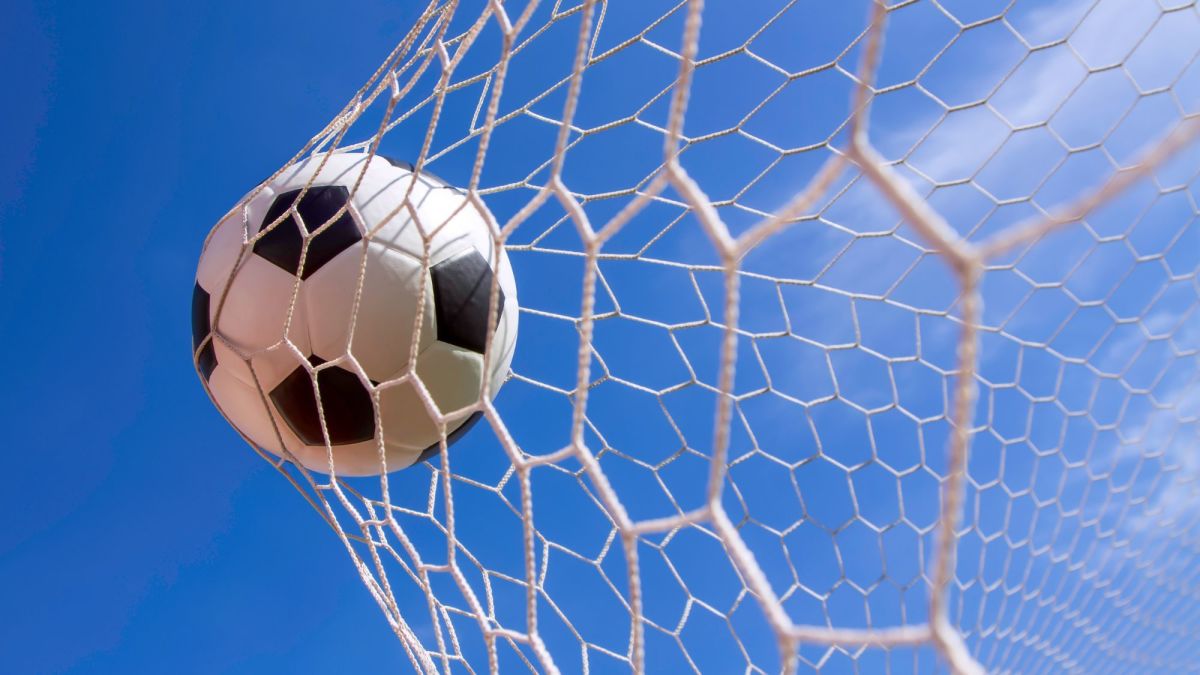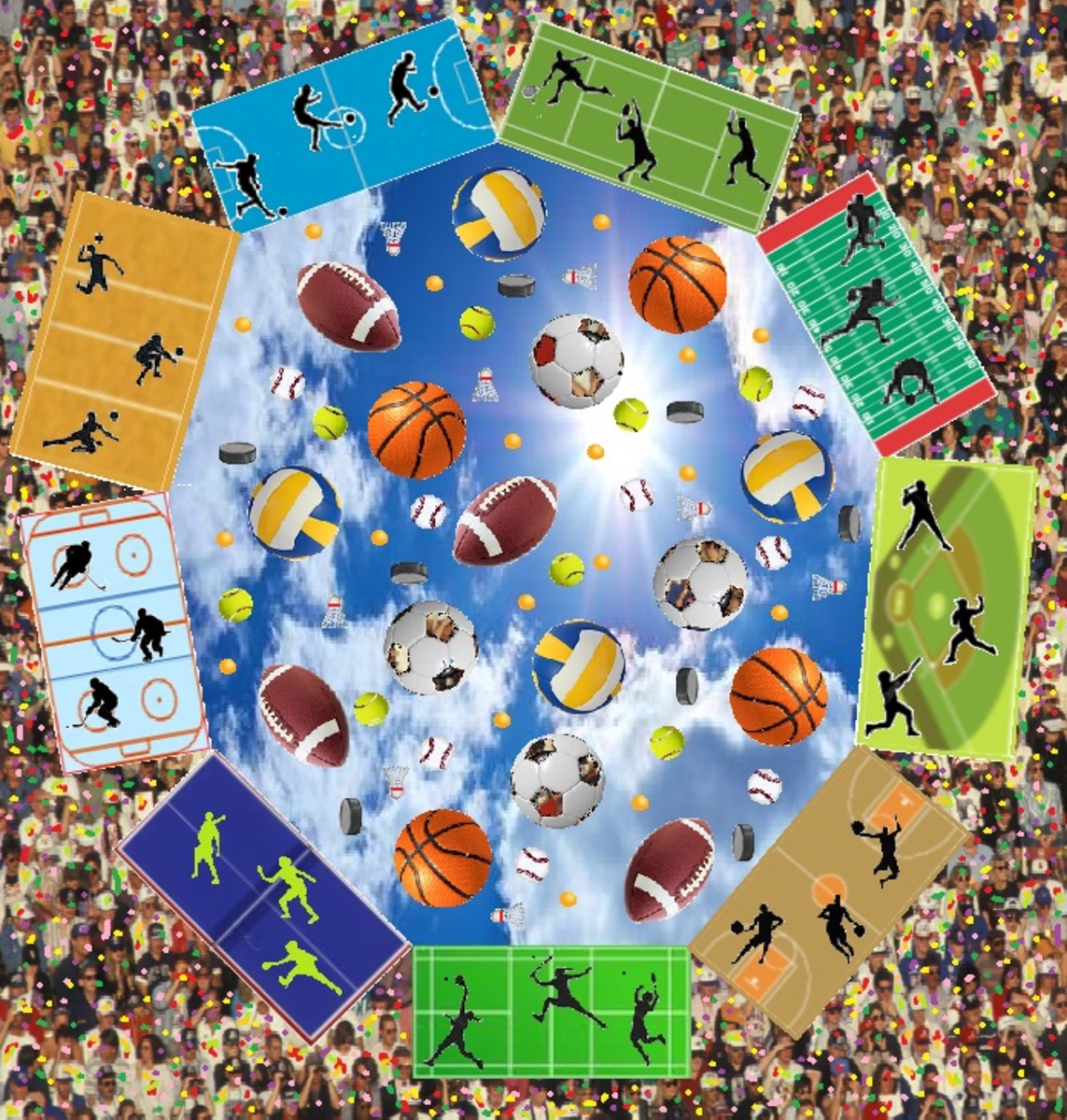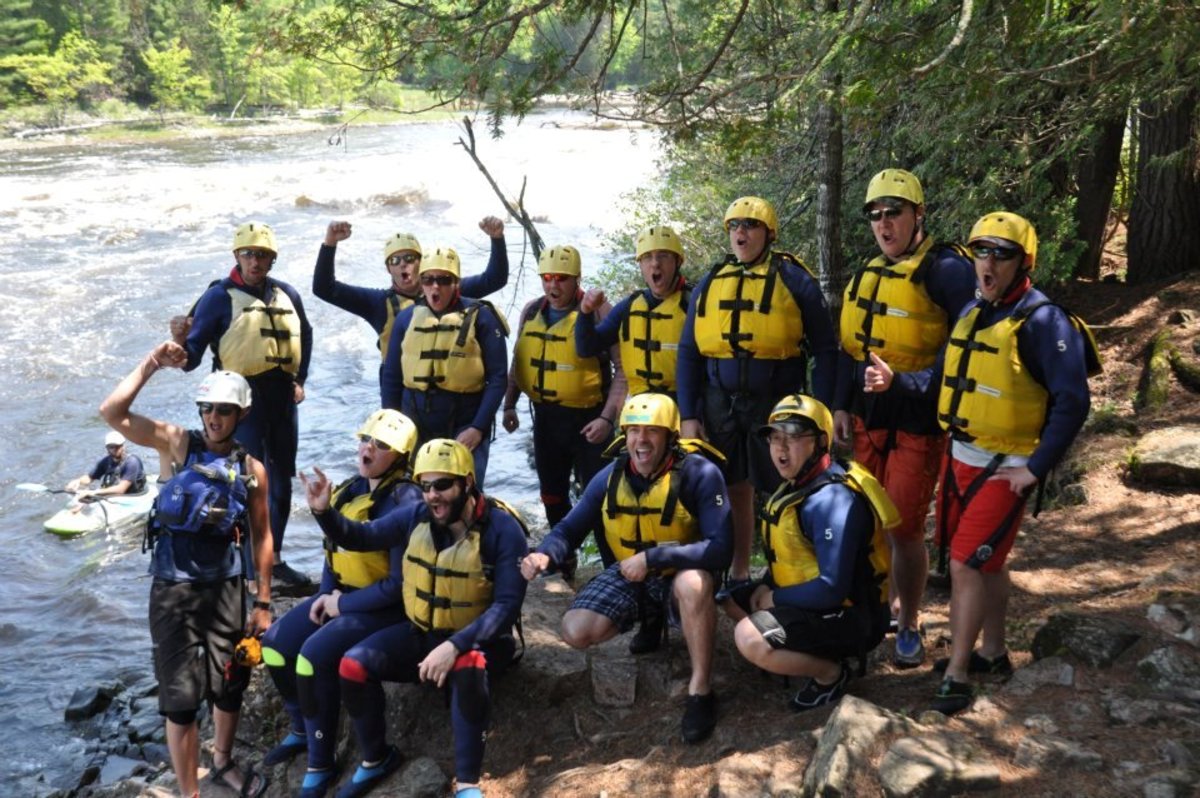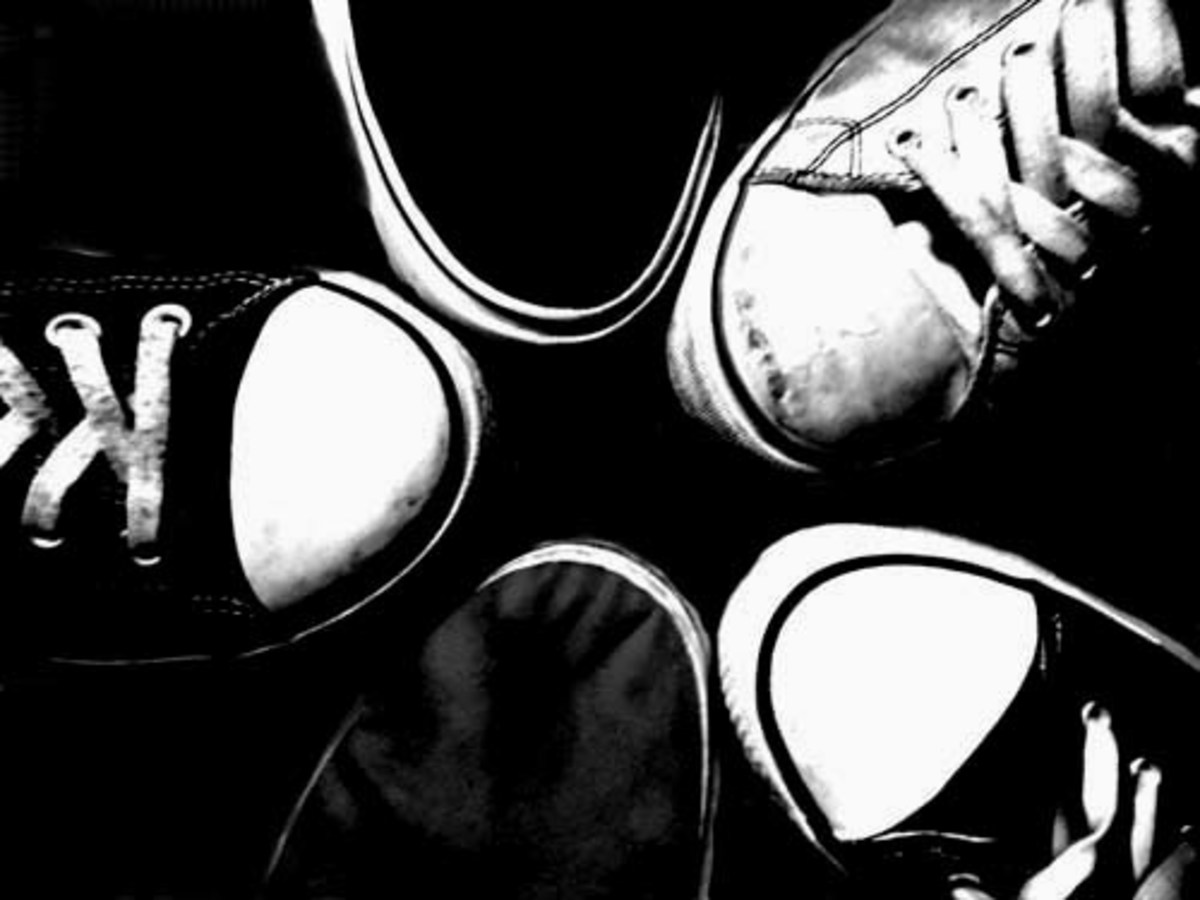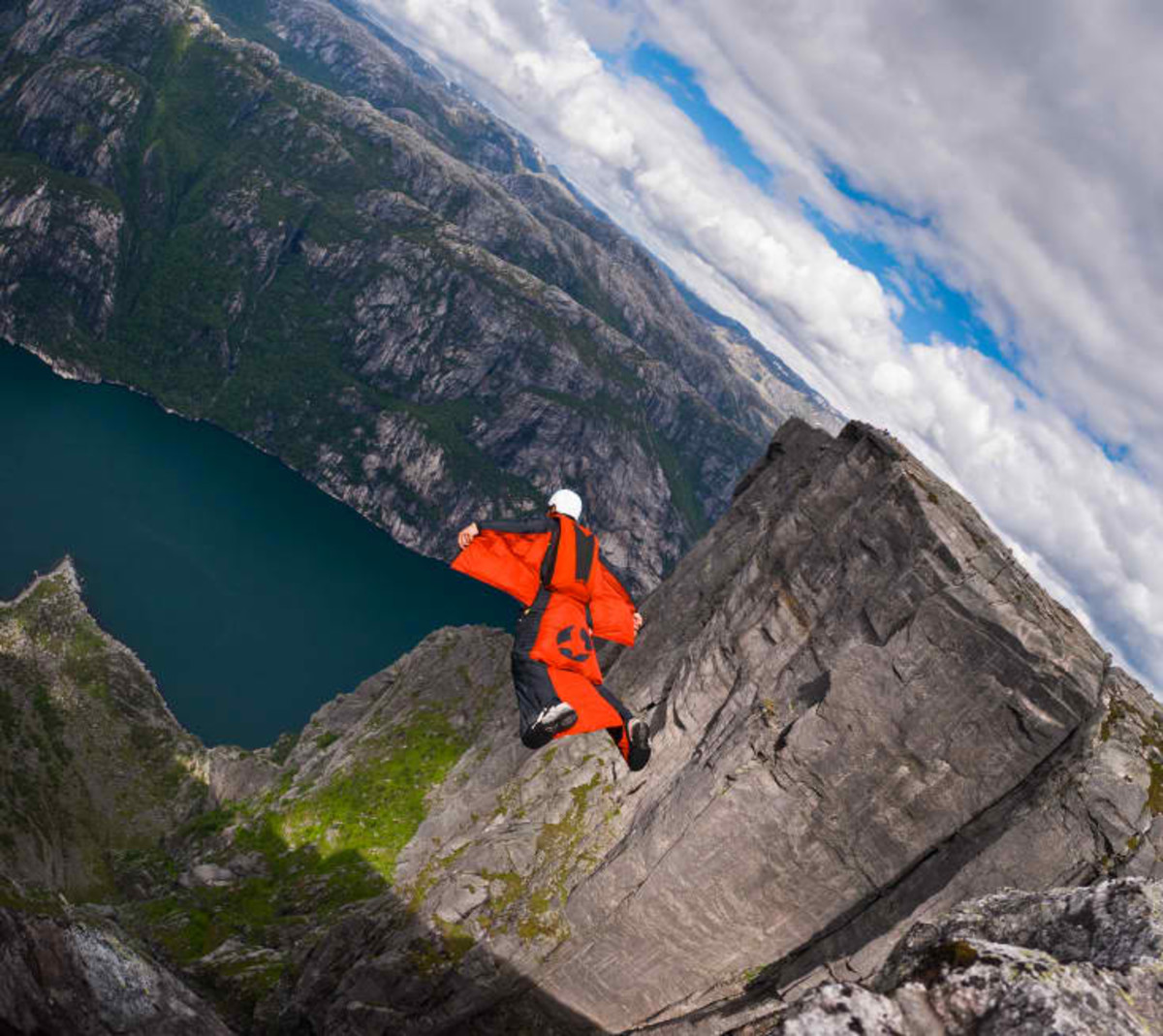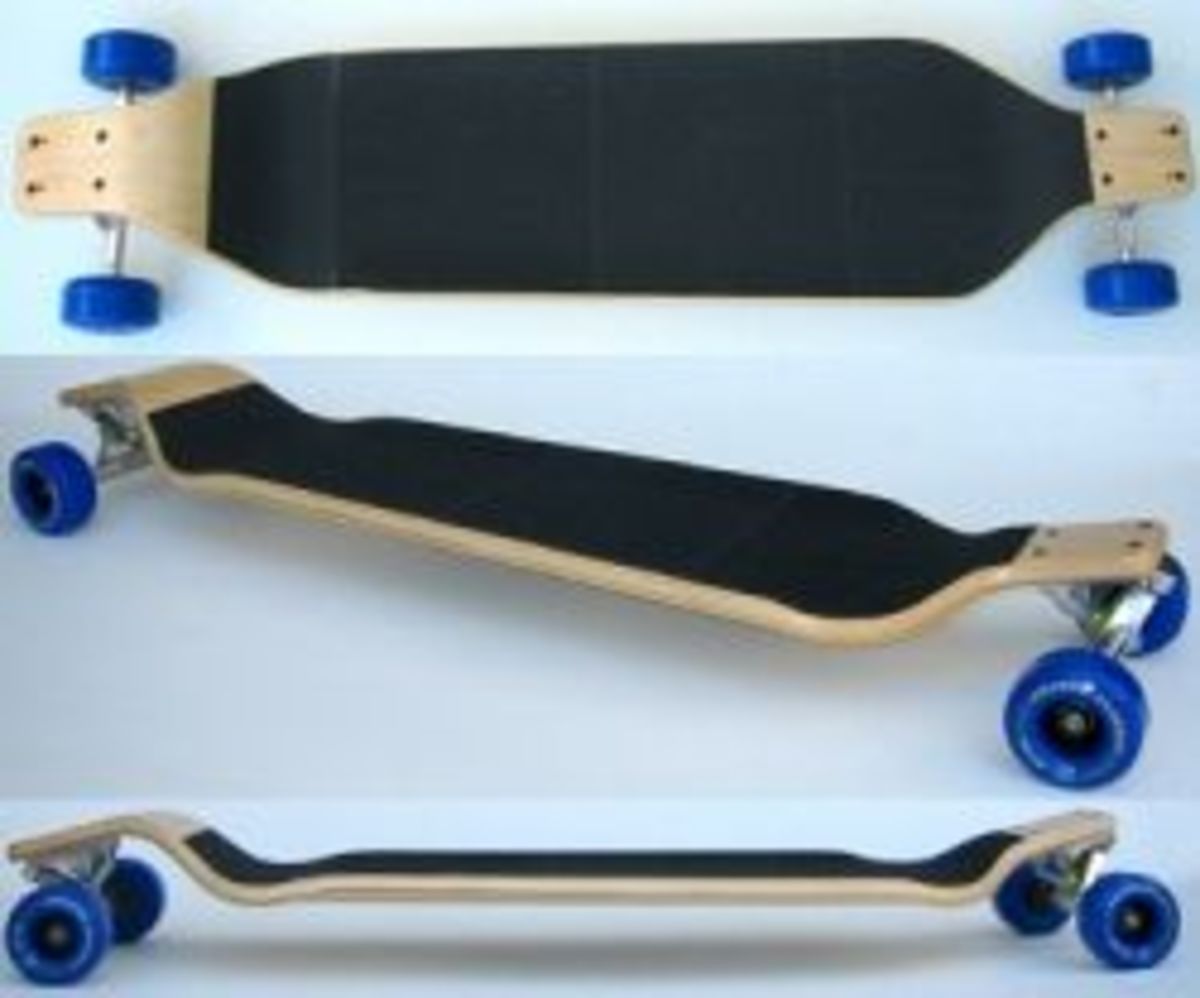Canoe Polo
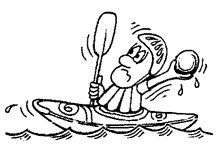
White water on a lake
Canoe polo is a powerful water sports that is played on a pitch about the size of a regular pool.
The techniques used to move, turn and accelerate the kayak are very similar to the techniques used with white water paddling, hence the saying of canoe polo being white water on a lake.
Belgian Canoepolo Shop
The information provided on this lens was brought to you by the Kajakpolo Shop.
A Belgian shop specialised in products for the canoepolo player.

Canoe polo gameplay
The game is played with 2 teams of 5 players (+ maximum 3 reserve players).
Each team has a suspended goal, 2 meters above the water surface, 1.5 meters wide and 1 meter high.
Scoring is done by throwing the ball, with hands or paddle, in the goal. The defending team can block the ball at any time with their paddles.
A normal game consists of 2 times 10 minutes gameplay. There are time-outs when a goal is scored or when the ball is far out or whenever the referee feels like there should be one because a team is stalling.
Canoe polo is a contact sport, so a lot is allowed. One can tackle an enemy player with the boat, however, their bodies can never be touched by your boat or paddle. An attackign player holding the ball can be pushed over with 1 hand by any of the defending players.
Check out the video below for an introduction to the game.
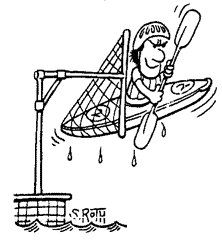
Defensive player positions
Canoe polo is a team sport where every player has a (changing) position and a purpose. Positions are not fixed, not even the goalkeeper, any player can become the goalie by positioning themselves under the goal.
The goalkeepr
The job of the goalie is to keep out long (slower) shots by blocking the ball with their paddle just before it enters the goal. The position of the goolie is fixed, under the goal, and attacking players can not tackle the goolie in any way.
When the ball is lost, they are the ones who should have the speed to get back in their goal as soon as possible, a quick counter-attack can be deadly.
Back defenders
There are several type of defense tactics, but there will always be 2 to 4 defenders that are positioned close to the goolie.
Their job is to tackle any enemy players that try to come into the zone surrounding the goal. They can either deny them the position or make sure they cannot get the ball passed to them.
Defending in canoe polo is heavy work. The attackers are allowed to push with their boats against yours and can easily switch position.
Front defenders
Usually, no more than 2 front defenders are active, sometimes even only 1.
When the attacking team comes in to try to score, their job is to keep slowing down and pushing the incoming attackers to the outside of the defense. A secondary objective can be to intercept passes or force the attacking team to take diffecult shots or difficult passes.
When the ball is conquered, their function changes to a fast spritner to enforce a counter-attack.
Are you into canoe polo?
view quiz statisticsOffensive player position
Center front goal getter
Your position is as close to the goalie as you can get, facing the enemy goal. The center defender will try to flush you out, or will keep you from receiving a pass.
The point is to create space on either side of your boat to be able to receive a pass and immediately make the shot. It's really close range, so the goalie will have a hard time stopping the ball. The trick here is to always keep on defending your position by maneuvering the tip of your kayak under the defending kayak.
Front pack players
There can be 1 or 2 at the same time. Their position is next to the goalie but further out, in between the center defender and the outer defender, facing the goal at 45°. This can be done on either side of the goal.
The point is to either receive a pass at the free side (right hand when positioned at the left of the goal, or vice versa on the other side) and try to score. A secondary objective is to block off the side defenders from getting back into the goal area. A strong player can push the defenders outwards or backwards towards the goal line, making space for the player behind them to coma paddling in with speed.
45° back
Two player (1 on each side) can be outside the goal area away from the defense facing the goal at 45°.
Their function is to support the center player or to seize any chance of getting into the pack with the ball unhindered by defending players.
Teams can decide to play stationary, keeping the 45° positions and only paddling inside the pack if an opening is made by another player, or they go for an active play-style, paddling in and out of the pack, disrupting the defense as much as possible.
Center back
The player at the center, outside of the goal area well away of the defense has the best overview on the game. He can instruct his team what tactic to perform and is an option for a safe pass from any position. If an opening in front is made, he can also paddle in for a shot, however, his position should immediately be replaced by another attacker in case the shot fails and the other team can perform a quick counter-attack.

